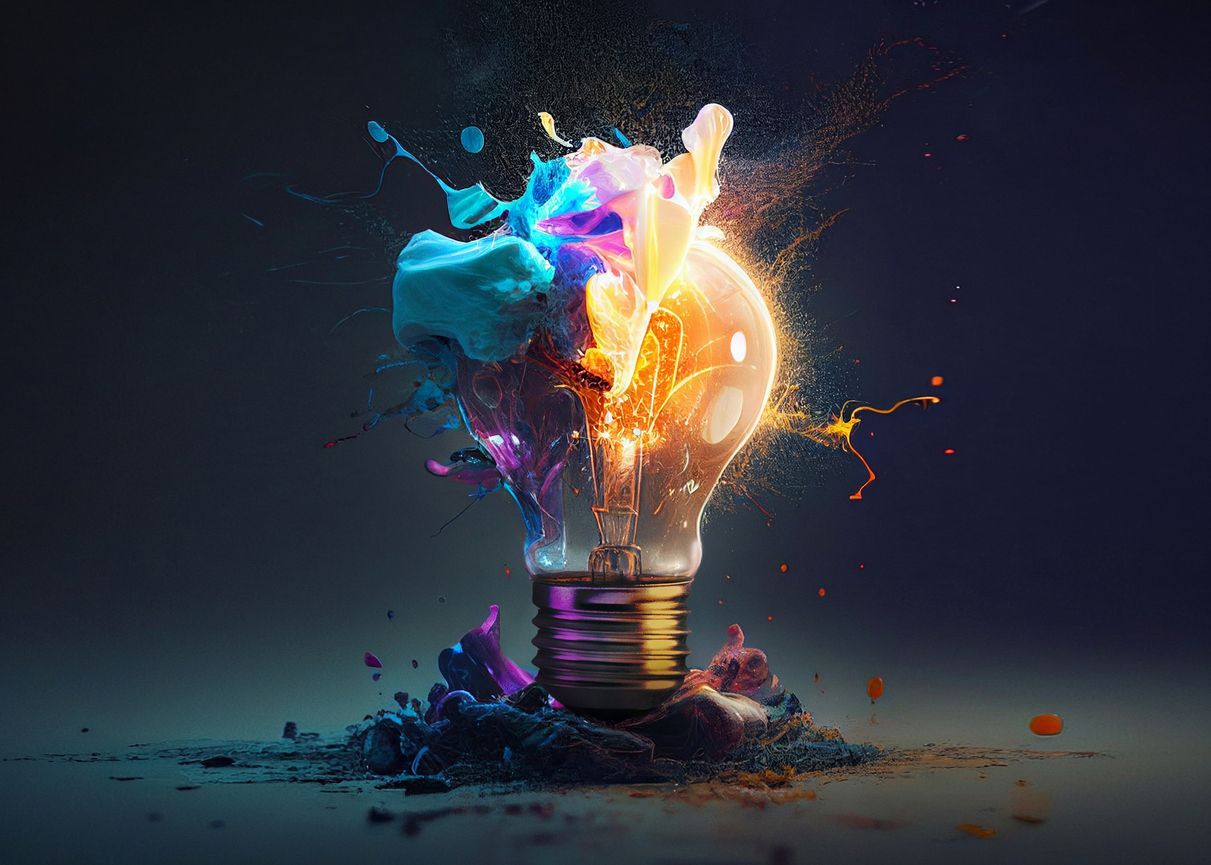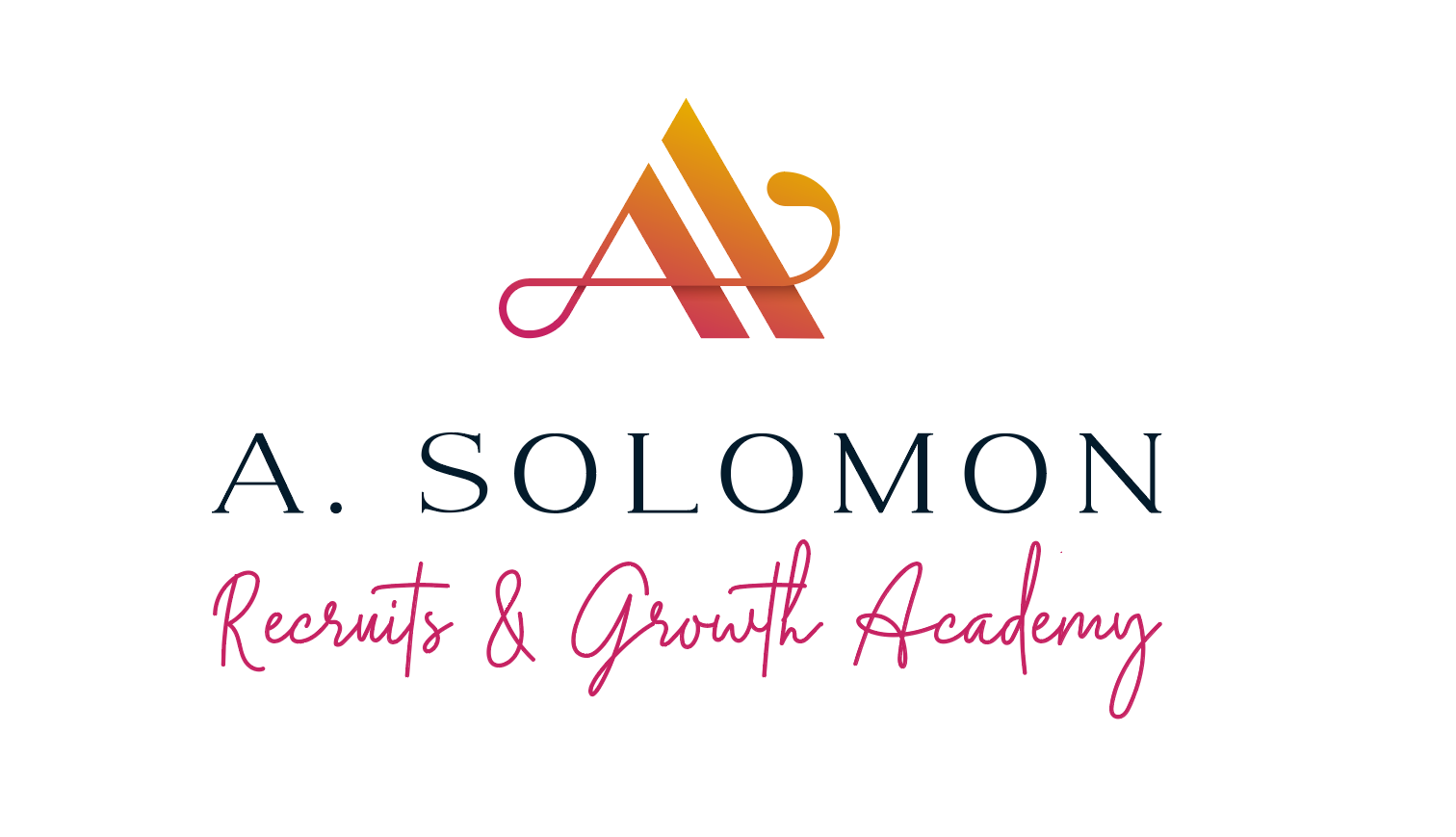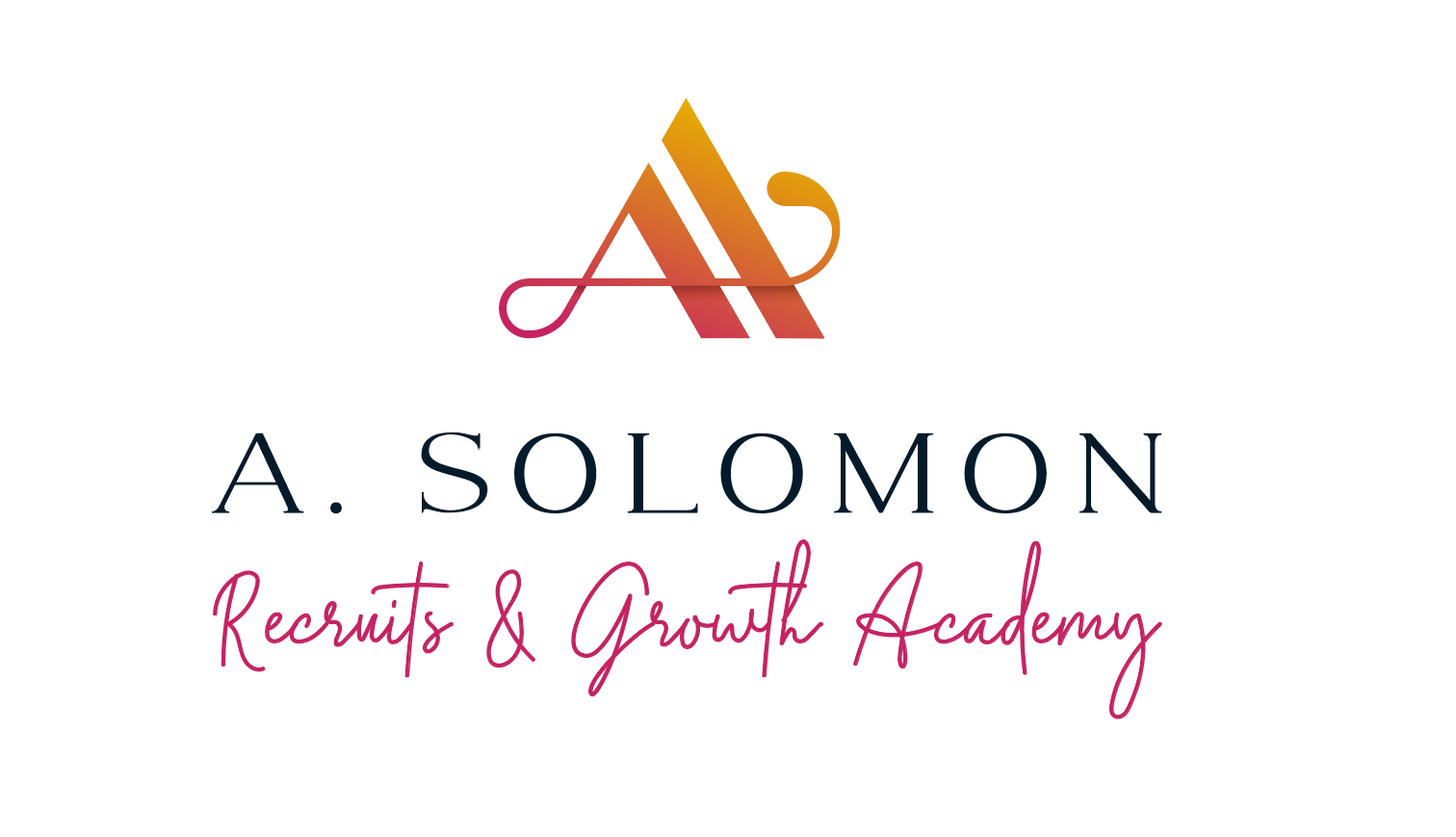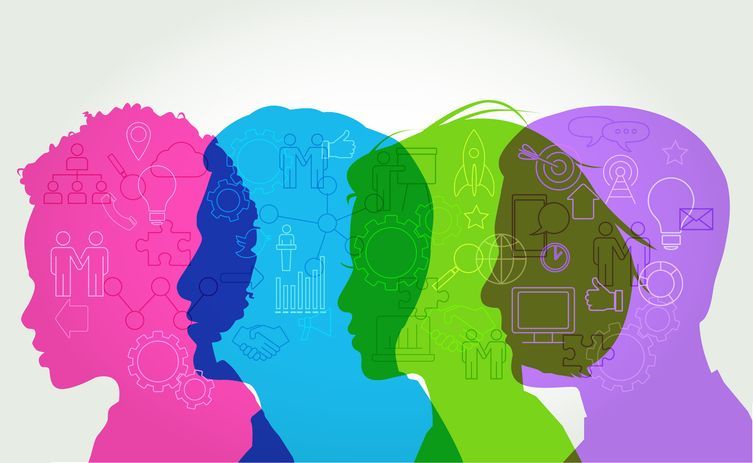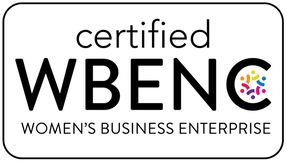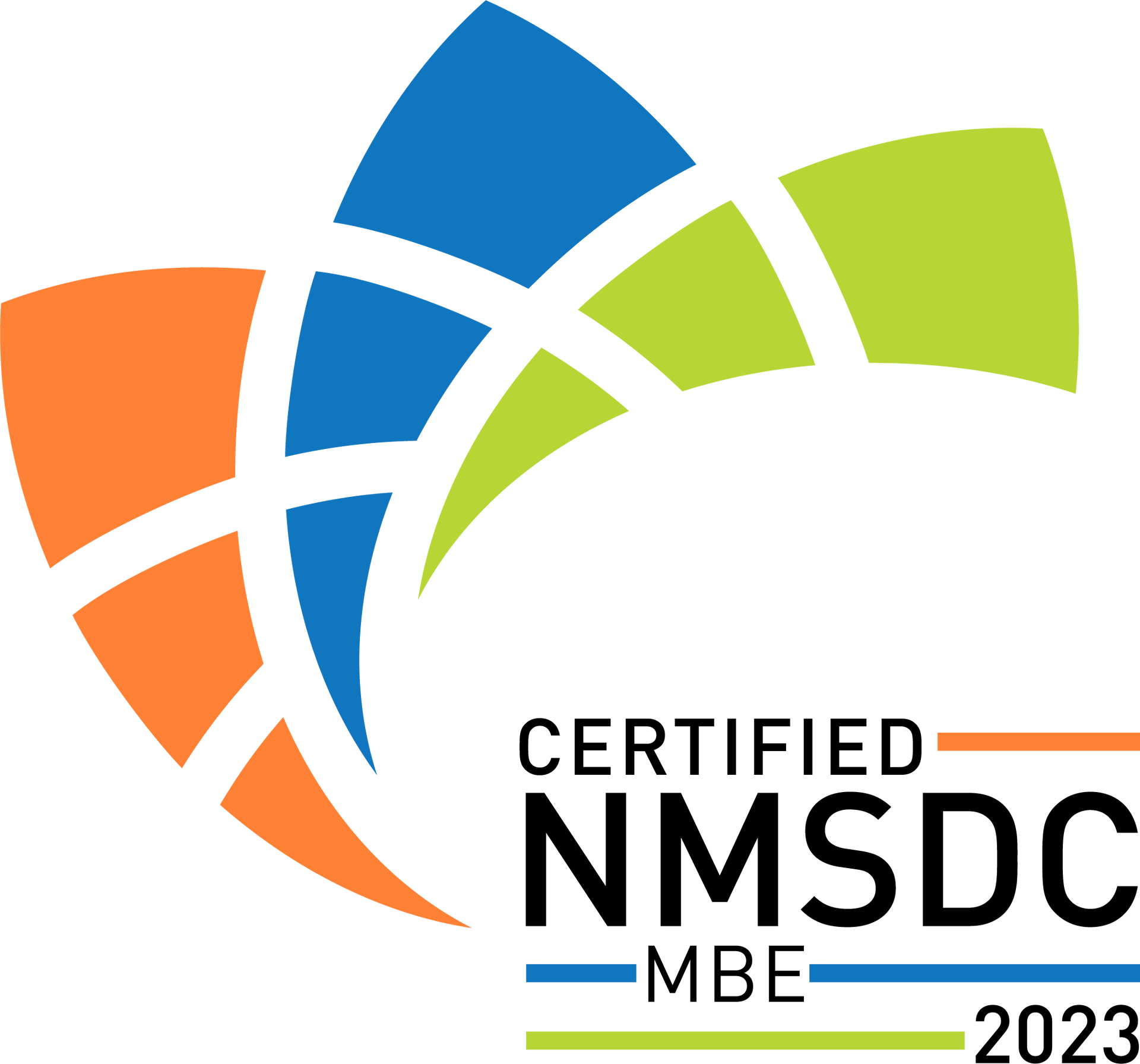What DEI Can Learn from the Ahmaud Arbery Trial
What DEI Can Learn from the Ahmaud Arbery Trial
Black Lives and White Juries

Everyone is so tired of the race elephant that sits in the middle of so many rooms. People of color are tired of existing in a system that puts us at the bottom of the totem pole and white people are tired of being accused of a supremacy that they don’t know how to address or fix. People like me, and countless others who work in DEI and social justice, are constantly trying to find ways to get rid of the elephant or simply function without it dictating our every move. The recent Ahmaud Arbery trial presented us with new ideas as to how to do exactly this.
It has been a long almost two years awaiting justice to be served to the men behind the February 2020 killing of Ahmaud Arbery. With the jury’s November 24th verdict, we are now able to refer to the February event as what it was: murder. The prosecuting argument that got us to this verdict revealed new strategies for how to talk about race, or more accurately, how to address race without talking about it.
In her argument, prosecutor Linda Dunikoski almost entirely failed to mention race as a motivation for the murder, even though it is widely understood that Arbery’s murder was an explicit act of racism. Instead, she referred several times to the “assumptions” that Arbery’s killers made, continually circling back to the point that, with no evidence whatsoever that Arbery posed a threat to them or their neighborhood, his killers have no case for self-defense. She illuminated the circumstances surrounding the fact that three white men felt that it was their duty to police a black man for a threat that he never posed and felt comfortable enough in their position of relative societal power over Arbery to interrogate, chase and shoot him with no direct cause. Yet without explicitly making the connection between the actions of the shooting and the racism and white supremacy that motivated the actions, she avoided the daunting, loaded and emotional topic of race which could have swayed the (almost entirely white) jury against the accusations of racism and against the wrongfulness of Arbery’s killers. She instead focused her attention on the objective wrongful actions of the killers, motivation and race notwithstanding. Ultimately, her approach proved to be successful and all three men were charged with multiple counts of murder.
Her argument reminded me of Ruth Bader Ginsberg’s argument against gender discrimination in the historic Moritz v. Commissioner of Internal Revenue case of 1972 in which she lay the foundation for the argument that she would go on to use to dismantle countless laws discriminating against women on the basis of their gender. The Moritz case itself was a low-profile tax case in which a man had claimed a tax deduction for the cost of caregiving for his elderly mother. In 1972, that deduction was only made available to either women or men who were formerly married. Moritz was neither, so he was denied the deduction.
Ginsberg chose the case because of its potential to be used to challenge gender discrimination under the Equal Protection Clause of the US Constitution and pave the way for equal rights to be extended to women in many more cases. And that is exactly what happened. By focusing on gender discrimination as it pertained to men, she was able to remove the gender discrimination conversation from the political fray surrounding women’s rights and simply address the nonsensical nature of discrimination itself. She was also able to argue for equal rights in front of an all-male jury by appealing to their interests.
What made both of these arguments unique was that they entirely bypassed the larger systemic issues at hand—the elephants that always sit in the room. They instead took the arguments out of their very loaded contexts and reframed them to show the illegitimacy of gender discrimination and unfounded profiling in general. This freed the crimes from their social contexts and political fray, thus freeing the jury from their systemic biases and allowing them to see the crimes for exactly what they were.
In Ahmaud Arbery’s case, Dunokoski’s argument focused on the murder of a man based on an assumption of guilt without evidence, leaving it to the jury to draw their own connections between the unfounded assumption of guilt and racial bias. Afterall, regardless of Arbery’s race, his killing was unfounded, but unfounded killings seem to keep happening on the basis of race.
Returning to the context of DEI and the lessons we can all glean from this verdict, I’m forced to question whether discussing racism and white supremacy as the forces behind inequality is actually an effective tactic for solving inequality. While it may be true, it may also put the simple act of hiring a black CEO into a context that is so weighed down by politics, that people may avoid it altogether. By framing every black hire within racism, are we actually doing a disservice to DEI? By forcing white people to confront their internalized supremacy every time they approach people of color, are we polarizing people against DEI?
As we saw from Dunokoski’s approach to prosecuting Arbery’s killers, it may be more effective to bypass the topic of racism altogether and instead just demand equal treatment on a case-by-case basis of individual legitimacy. This then begs the question: can a systemic issue be solved on a case-by-case basis? Essentially, can this approach scale? If we use Ginsberg’s legacy of dismantling gender discrimination’s backing in US law as a precedent, our answer would be yes.
---
https://www.youtube.com/watch?v=bWtcsj6W_Vw
People walk and people run for many reasons. Some people’s body requires a certain amount of movement to keep them healthy. Some people’s brain requires it. I personally walk or run everyday, through quiet neighborhoods and busy streets, as a way to clear my head and settle my nerves, escape my home, escape my thoughts and cleanse my body. I don’t know why Ahmaud Arbery was running through Satilla Shores on the afternoon of February 23, 2020. What I do know is that he was unarmed and alone, wearing jogging clothes, carrying nothing, and running in the middle of the street in the middle of the afternoon. He was innocent but he was not free. He fell victim to a system which preaches freedom yet denies it to people that look like him for no reason except habit.
“Freedom”, written by Beyonce and collaborators, samples field recordings of folk music from the south recorded by ethnomusicologists Alan Lomax and John Lomax Sr, known for documenting, recording and celebrating American folk music in the early 20th century. The two recordings sampled in this song are from a black church congregation and from the Mississippi State Penitentiary. “Freedom” pays tribute to the long legacy of black history, black community and black strength amid unfathomable oppression and adversity as well as being an anthem for black empowerment within a system that continually denies black people the basic freedom to jog down a street in Georgia.
